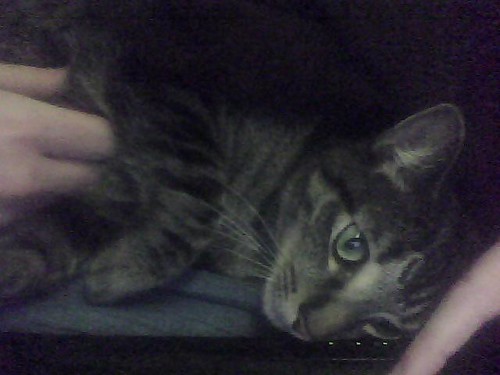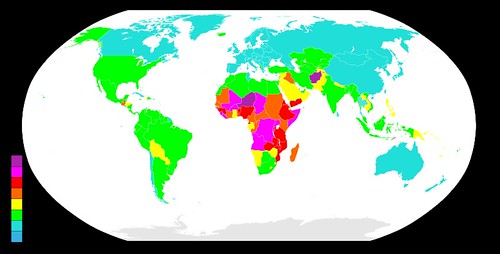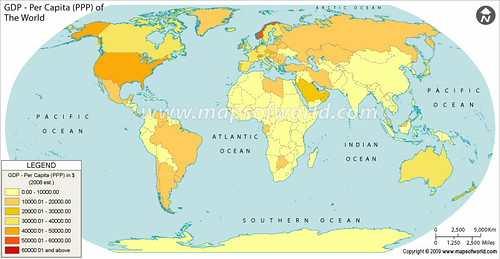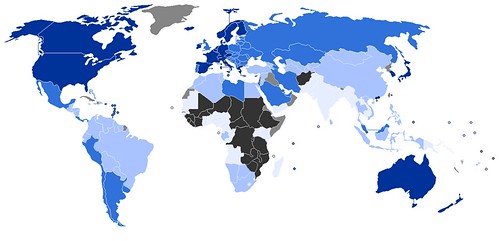
Visitors' raves on local blogs have helped draw cat lovers to fondle, frolic and photograph the 100 or so resident felines in Houtong, one of several industrial communities in decline since Taiwan's railroads electrified and oil grew as a power source.
Most towns have never recovered, but this tiny community of 200 is fast reinventing itself as a cat lover's paradise.
"It was more fun than I imagined," said 31-year-old administrative assistant Yu Li-hsin, who visited from Taipei. "The cats were clean and totally unafraid of people. I'll definitely return."
On a recent weekday afternoon, dozens of white, black, grey and calico-coloured cats wandered freely amid Houtong's craggy byways, while visitors captured the scene with cellphone cameras and tickled the creatures silly with feather-tipped sticks.
I'll happily admit the article caught my attention because it dealt with cats. Since I got my own cat, Shakespeare, a bit more than two years ago, I've paid a lot of attention to the species and the genus.

This isn't just a cat photopost, mind. The ohenomenon of the cats of Houtong actually helps illustrate any number of interesting things about Taiwanese--and world--demographics.
1. Houtong is a community that was a one-industry town, dependent on coal mining. That source of income has disappeared, as cheaper foreign imports and perhaps a move away from coal as an energy source led to the industry's complete disappearance from Taiwan in 2001. Houtong is a community ultimately undermined by globalization. With three-quarters of Taiwan's population fertility rates drop and foreign women immigrate to compensate for a male-biased sex ratio.
Indonesian-born Sumarni, 35, who married a local man six years ago, says she is grateful to the tourists for relieving the town's isolation.
"My three-year-old daughter gets to play with some children of her age when visitors bring their kids here," she said. "There is really not any playmate of her age in the community."
Sumarni has also benefited financially from the tourist influx, piggybacking it to set up a profitable food stall next to her modest home.
One major theme of my Taiwan posts here has been the very low fertility rate, for the main the standard combination of patriarchal cultural norms with the substantial emancipation of women. Another theme has been the sex ratio strongly biased towards men, producing a deficit of marriageable women. Just as in South Korea, this has led to substantial marriage-driven immigration to Taiwan, as Hsieh and Wang describe in their paper, with women from mainland China and Southeast Asia--particularly but certainly not only Vietnamese women--contributing a
notable, if declining number and proportion of newborns.
The number of newborns born to foreign brides in Taiwan plunged to a low of 17,038 in 2009, reaching only 56 percent of a peak of 30,428 recorded in 2003, according to statistics compiled by the Bureau of Health Promotion under the Cabinet-level Department of Health. Foreign brides mainly refer to women from mainland China and Southeast Asian countries who marry Taiwanese men.
The ratio of their babies to the total number of newborns in Taiwan hit a high of 13.51 percent in 2003, meaning that one out of every seven to eight babies were born to such brides.
The ratio fell under the 10 percent mark in 2008 and declined further to only 8.58 percent in 2009, indicating that one out every 11 to 12 babies was born to foreign brides.
The figures have clearly demonstrated that the number of newborns born to foreign brides has been trending downward at a rapid pace.
Observers attributed the decline in the number of babies which foreign brides have given birth to in the past few years mainly to the decrease in the number of foreign brides over the years.
Taiwanese men used to be a priority husband target for women from Southeast Asian countries during the years of Taiwan's economic prosperity. But their willingness to marry Taiwanese men has been undermined by Taiwan's economic shrinkage in recent years.
Statistics compiled by the Ministry of the Interior showed that the number of registered alien brides hit a high of 48,600 in 2003, and then declined steadily to a low of only 18,241 in 2009, accounting for only 38 percent of the 2003 level.
Houtong is a small rural community; given the tendency of immigrant women to marry relatively low-status and economically marginal men in rural areas, it wouldn't be surprising if a disportionate number of wives there, like Sumarni, might be of foreign background. As this Wall Street Journal article on Taiwanese immigrant wives and their children points out, the village with the highest proportion of immigrant-mother children--17.5%--is Shihding, like Houtong a coal-mining village in rural Taipei County.
3. On a related note, the immigrant-wife phenomenon illustrates the diversity of the Taiwanese population. This diversity doesn't include only the Taiwanese aborigines who form 2% of the Taiwanese population, but the mainlander tenth of the Taiwanese population disproportionately concentrated in Taipei, along with the Min Nan/Fujianese-speaking Hoklo who form 70% of the Taiwanese population and the Hakka who form nearly a fifth of the population, alongside non-Chinese immigrants.
4. Incidentally, Houtong has become a tourism destination for tourists across greater China, i.e. China and Hong Kong and Macao as well as Taiwan. This may indicate the growing integration of Taiwan's population into the population of Greater China, as demonstrated not only by the Chinese immigrants to Taiwan but by the growing Taiwanese migrant population in mainland China, for instance the tens of thousands in Shanghai. China's not going to be the only reference point, as the Southeast Asia immigrants indicate, but it'll be quite important, arguably most important.
5. Finally, the demographics of the cat species are the dismal demographics that once afflicted the human species. Cats have a spectacularly high birth rate, bearing multiple litters with multiple kittens for most of their lives; female cats can actually become pregnant too early. Why, then are there not more cats out there? A terribly high death rate: indoor cats live for decades, outdoor cats for years. (Shakespeare's an indoor cat, if you're wondering.)
Thoughts?






